Structure Photography Is A Great Way To Capture The Beauty Of The World Around Us In A New Way. How To Use This Technique To Create Stunning Images.
The Power of Perspective in Structure Photography
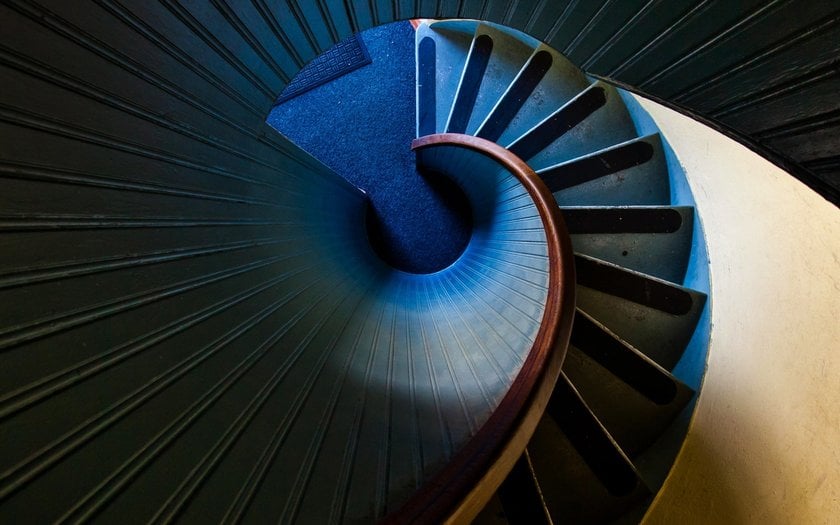
If you want to learn how to create photos that attract attention, try remembering the ins and outs of structural photography. Close-ups, lines, texture, focus — all elements of the same genre, which we will discuss today. This article explores how photographers wield perspective to infuse life into lifeless forms.
Discover how angles, lighting, and composition can transform buildings into powerful stories, each frame revealing the photographer's unique narrative. Whether revealing the grandeur of towering skyscrapers or the intricate details of historical landmarks, this exploration uncovers the pivotal role perspective plays in breathing soul into structural frames.
Features Of Structural Photography
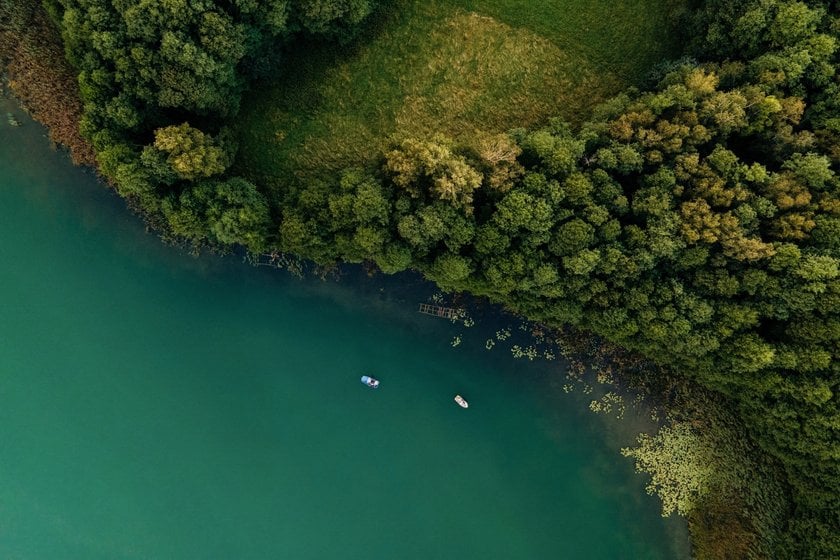
Structural photography focuses on capturing the intricate and captivating aspects of built environments, such as buildings, bridges, and other artificial structures. These images show the interplay between architectural design, geometry, and aesthetics. Structural photographers use careful composition, lighting, and perspective to emphasize the lines, shapes, textures, and patterns that define these structures.
Within photography, the structure is the composition of an image as the seamless progression or rhythmic flow of its constituent elements. The manipulation of this composition entails mastery over the sequence in which these elements are perceived, consequently influencing the narrative or concept that these elements collectively suggest. So the photography structure serves as the method through which an organization emerges from a disorder.
Let's figure out what you should pay attention to take stunning shots with this technique.
Master The Composition
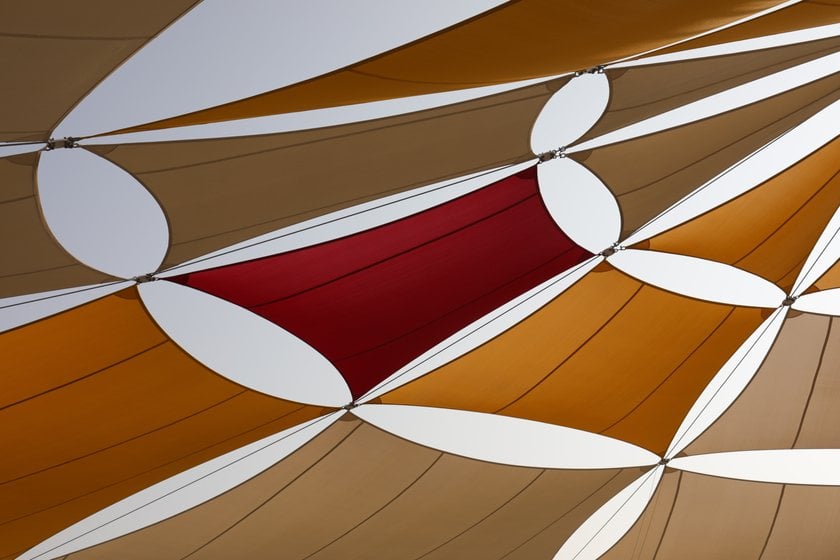
Composition in photography encompasses several vital elements that contribute to an image's overall visual appeal and storytelling impact. The rule of thirds guides the placement of key subjects along intersections or lines to create balance and dynamism. Leading lines draw the viewer's gaze toward the focal point while framing employs surrounding elements to emphasize the subject. Symmetry and balance establish harmony, and foreground, middle ground, and background add depth. Negative space enhances focus, while scale and proportion offer a sense of size and context. Patterns and repetition provide rhythm, and angles and viewpoints alter perspectives. Depth of field controls focus, and color contrast and dynamic tension create interest.
A solid foundational structure and clear compositional arrangement are essential for an image to captivate. Photo structure encompasses the fundamental interplay of colors, shapes, and light-dark contrasts, setting the stage for lesser details. Thus, manipulating light and shadow becomes pivotal to highlighting essentials while downplaying superfluous elements.
Strategic subject selection crafts desired shapes and colors, establishing the rudimentary blueprint of an image. Even commonplace details, like a door, serve as design anchors due to their geometric attributes. Capturing it at different angles transforms it into a trapezoid or truncated triangle, underscoring the significance of foundational structure.
Our eyes first notice the brightest object in the picture. So always keep it closer to the center of your camera. Remember the combination of complementary colors and contrast the image with them.
Let's briefly define the primary elements of composition in photography that should be considered in structure:
- Rule of Thirds: Positioning key elements along intersecting lines or points within a 3x3 grid.
- Leading Lines: Utilizing lines guides the viewer's gaze toward the focal point.
- Framing: Using surrounding elements to frame and emphasize the subject.
- Symmetry and Balance: Creating harmony through symmetrical or balanced asymmetrical arrangements.
- Foreground, Middle Ground, Background: Incorporating layers for depth and visual engagement.
- Negative Space: Utilizing empty areas to draw attention to the subject.
- Scale and Proportion: Depicting size relationships for context and visual impact.
- Patterns and Repetition: Incorporating repeating elements for visual rhythm.
- Angles and Viewpoints: Exploring various angles to offer unique perspectives.
- Color and Contrast: Using color variations and contrasts for visual interest.
- Emphasis and Focal Points: Highlighting main subjects using contrast, lighting, or placement.
- Golden Ratio: Applying the mathematical ratio for aesthetically pleasing proportions.
- Texture: Capturing tactile qualities to add depth and sensory appeal.
- Rule Breaking: Deliberately deviating from conventions for creative impact.
- Depth of Field: Controlling focus to separate subjects from the background.
Experiment with them and practice different combinations on your shots to achieve the best result.
Leading Lines Photography Definition
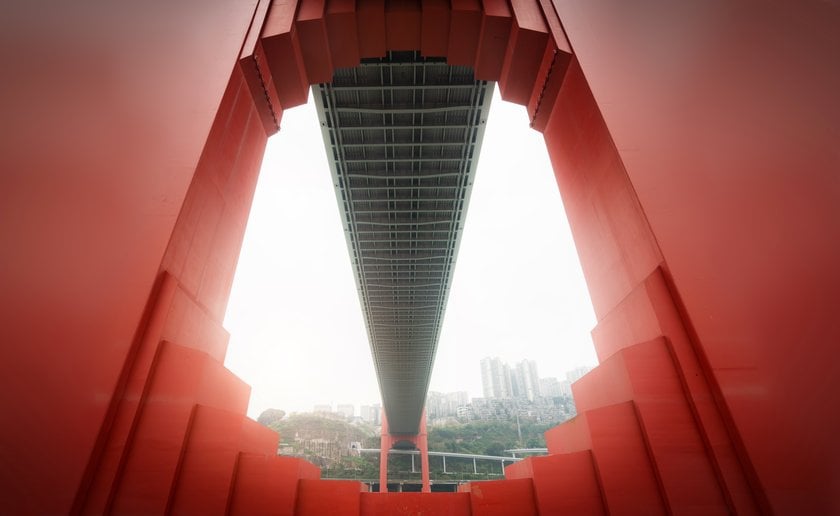
Leading lines within photography encompass prominent visual features, such as roads, pathways, or structures, deliberately positioned to direct observers' attention along a designated route within an image. These lines craft a vibrant and captivating arrangement by focusing on a central point or subject, introducing dimension and visual allure. Moreover, they conjure a feeling of depth and perspective, heightening the illusion of a three-dimensional expanse in a two-dimensional snapshot. Proficient manipulation of leading lines can stir emotions, accentuate subjects, and enrich narrative elements, thereby serving as an invaluable asset for photographers aspiring to craft persuasive and resonant imagery.
Most lines around us are not tangible objects but rather due to the interplay between light and its shadows. Yet, intriguingly, these intangible lines exert a magnetic force, guiding the viewer's gaze along particular pathways within the composition. The principle of discerning and employing underlying structures to heighten visual allure and facilitate effective communication in a photograph emerges as a valuable technique for generating interest and engagement.
Emphasize The Features Of The Texture
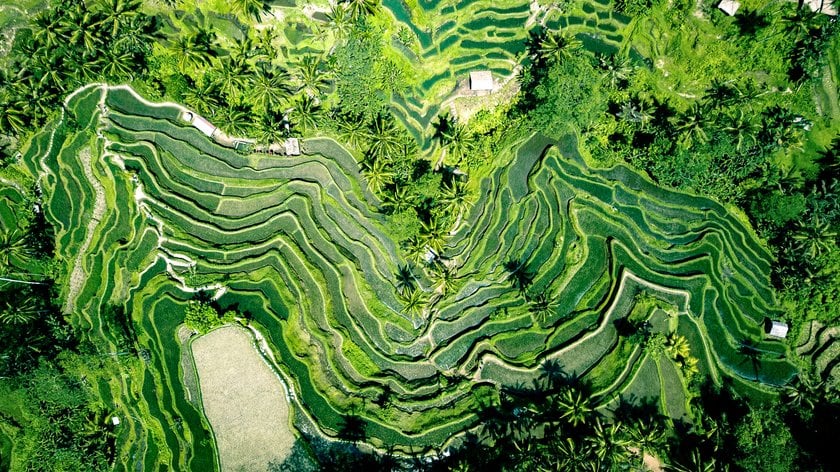
The successful rendering of the textures of the objects adds to the volume of the structures in the photo. Photography with texture fascinates with its originality. By emphasizing the play of light and shadow on textures, photographers aim to evoke a sensory experience through visual means. This style is particularly captivating as it highlights the minute details that often go unnoticed, revealing the roughness of a weathered wall, the softness of a petal, or the ruggedness of a rocky landscape. Texture photography transcends the traditional boundaries of visual representation, immersing viewers in the physicality of the subjects. Through close-ups and meticulous framing, photographers turn mundane objects into captivating studies of form and composition, allowing the audience to appreciate the world's rich and diverse tactile intricacies through a purely visual medium.
By exploring the often overlooked details and surfaces, photographers can create images that engage the senses and evoke a strong tactile response from viewers. Here are some texture photography examples to showcase how this technique can bring out fascinating visual and sensory experiences:
- Close-up shots of tree bark reveal the rough, weathered textures and the unique patterns nature creates.
- Photographing rusted metal surfaces showcases the decay and rich textures that form over time, adding character to industrial objects.
- Capturing the ripples and patterns in dunes highlights the organic textures shaped by wind and erosion.
- Zooming in on fabrics like silk, wool, or denim reveals the intricacies of threads, weaves, and textures that make up the material.
- Photographing dried and cracked mud or soil surfaces emphasizes the rugged textures formed during drying.
- Close-ups of cobblestone pavements showcase the uneven and worn textures that can evoke a sense of history and nostalgia.
- Macro shots of leaves bring out intricate veins and textures, showcasing the unique patterns of different plant species.
- Detailed shots of seashells reveal their intricate patterns, ridges, and textures formed by ocean currents and natural growth.
- Macro photography of feathers unveils the fine details, patterns, and textures that contribute to the uniqueness of each feather.
- Photographing modern buildings shows a combination of metal and glass structures.
- Close-ups of moss-covered trees showcase the contrasting textures of rough bark and soft, velvety moss.
This way, you can photograph absolutely everything. And successful photo processing can enhance the effect of texture transfer. Most modern photo editors cope with this task perfectly. Try the Micro Structure filter from Luminar Neo to emphasize the structure and remove the excess noise that creates the Moiré Effect. Use this filter to sharpen fine details and textures in your images. This tool has the power to give your photos a creative HDR effect in a subtle yet dramatic way. Works very effectively to bring out details in the small areas of your image and is ideal for portraits.
Bottom Line
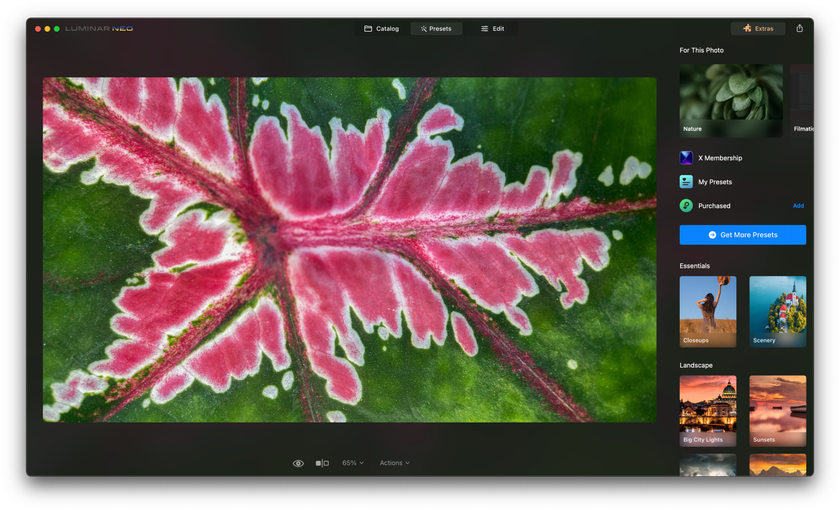
Structural photography emphasizes close-ups to showcase imperfections, surface qualities, and three-dimensional elements. Effective use of lighting and shadow enhances texture depth. Composition plays a crucial role in framing subjects creatively, while contrasts and vivid colors amplify visual impact. This style often transforms ordinary structures into abstract artworks, revealing the tactile and visual essence of the subject. Post-processing tools are your best friends in refining textures and lighting for a compelling result.
With this knowledge, you'll identify the elements that create jaw-dropping images, secure top honors in photo contests, and become editors' primary choices. Once you grasp these fundamental principles, you'll effortlessly capture remarkable shots using any camera, eliminating excessive spending on equipment and its burdensome transport. Your focus on mastering composition basics empowers you to effortlessly photograph anything, anytime, even with a cell phone camera, resulting in coveted images that leave a lasting impact.
A Special Perk for Our Blog Readers
Get a 10% discount on Luminar Neo and dive into professional photo editing today!
Thank you for subscribing.
Your gift is waiting in your inbox!










